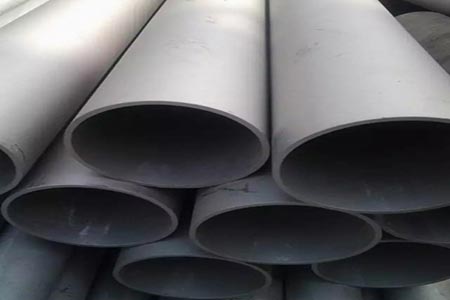What is the difference between Dom and seamless tubing?
The primary difference between DOM (Drawn Over Mandrel) tubing and seamless tubing lies in their manufacturing processes and resulting properties.
Seamless Tubing:
* Seamless tubing, as the name suggests, is produced without a welded seam. It is made by extruding a solid billet through a piercing rod to create a hollow tube.
* This process results in a smooth internal surface, without any weld seams, which can be advantageous in applications where corrosion resistance and smoothness are critical.
* Seamless tubing is often used in applications requiring high-pressure capabilities, as the absence of a welded seam reduces the risk of weak points in the material.
* It typically offers superior corrosion resistance and strength compared to welded tubing.
DOM Tubing (Drawn Over Mandrel):
* DOM tubing starts as a solid steel bar or billet, which is then heated and pulled through a die over a mandrel, a cylindrical tool. This process helps to create a uniform wall thickness and precise dimensions.
* The mandrel inside the tube helps in maintaining the inner diameter size and surface smoothness.
* DOM tubing typically has a welded seam that is smoothed out during the manufacturing process. This seam is not as noticeable as the seam in welded tubing.
* DOM tubing tends to have higher dimensional accuracy and concentricity compared to standard welded tubing.
* It generally offers improved mechanical properties and surface finish compared to welded tubing.
In summary, while both DOM and seamless tubing are used in various applications, DOM tubing is known for its precision and enhanced mechanical properties, while seamless tubing is prized for its smooth internal surface and lack of welded seams, which can be advantageous in high-pressure or corrosive environments.








